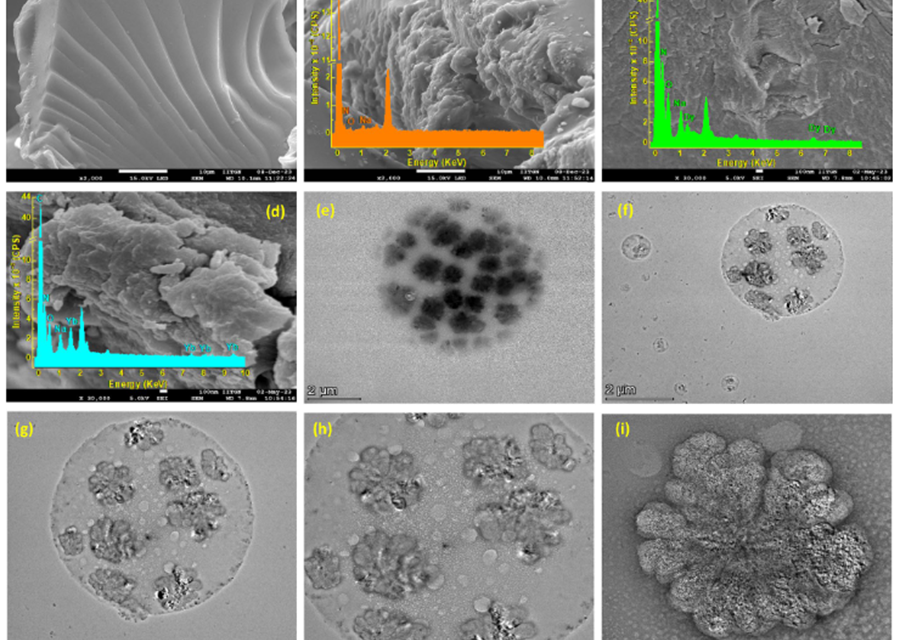STORY CREDITS
Writer: Vanajakshi B.H.
Photo: IITGN Photos
Researchers at the IIT Gandhinagar, led by Dr Himarati Mondal, Dr Mrinmoy Karmakar, and Prof Bhaskar Datta, have made a significant breakthrough with the development of an innovative hydrogel. This advanced material is named GmAc-FluoroTerP based on the presence of Gum Acacia (GmAc) as part of a ternary polymer (TerP), possessing intrinsic fluorescence (Fluoro). This material has been designed and engineered to selectively detect, capture, and recover rare earth metals (REMs) like Dysprosium (Dy) and Ytterbium (Yb). The work is distinctive based on the use of a single material for three different applications namely detection, capture and reuse, that would otherwise require different materials or methods. The work is also distinctive based on the REMs that are targeted, considering their importance in modern technologies such as smartphones, wind turbines, and electric vehicles.
The increasing demand for these critical metals has placed significant strain on their supply, as they are scarce and difficult to extract through conventional mining methods. The material developed by the IIT Gandhinagar team (GmAc-FluoroTerP) addresses the challenge of efficiently detecting Dy and Yb even in the presence of other competing rare earth elements. GmAc FluoroTerP shows remarkable sensitivity, detecting Dy(III) at a concentration as low as 0.13 nM and Yb(III) at 60.8 pM. This polymeric formulation demonstrates superior performance compared to all previously reported methods in this regard. GmAc FluoroTerP exhibits enhanced semiconducting properties after the adsorption of REMs, a unique feature offering a sustainable and effective solution for managing these scarce resources.
Prof Bhaskar Datta stated “Through our work we hope to contribute towards the sustainable use of rare earth metals, which are an irreplaceable part of modern technologies”
A significant aspect of this development is the material’s ability to work in relevant industrial environments, where metal concentrations are typically low and difficult to recover. The hydrogel’s dramatic change in fluorescence provides a clear signal when it encounters Dy and Yb, allowing for easy identification and selective capture of these valuable metals, even in the presence of other competing elements.
This breakthrough is poised to make a significant impact on industries that rely on rare earth metals, including electronics, renewable energy, and electric vehicles. By offering a solution to recover and recycle these critical materials, the hydrogel provides a sustainable pathway for reducing the environmental impact associated with REM mining and processing, as well as helping to secure a steady supply for industries that depend on them.
To read more: https://rdcu.be/dQhWo

